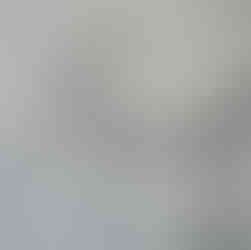Creating to Cope
- mnkramer
- May 27, 2018
- 1 min read
I made an elm leaf recently. In my study. Well, admittedly, I can't actually make elm leaves. But I did draw one, on my study wall.

In order to cope with city living and the absence of adequate greenery, I've begun mimicking more fecund green space. I've been drawing on my walls. (Maybe, given the gray weather of my city, I'm also on the verge of crawling up these same walls...). Fortunately, summer is here.
I appreciate those leaves that hint at a kind of symmetry, and yet no two halves of a leaf - and no two leaves - are really ever alike. And the sheer variety of shapes and sizes of those leaves fluttering around us are enough to cause one to pause and look. Having just a few of these leaves on my walls helps me repeat this pause, recall that awe.
Leaves have specific, unique tendencies in shape and layout that define the designations we give them: palmate, acicular (pine needles), deltoid, oval, symmetrical/asymmetrical.
The elm leaf I made is, I think, a lanceolate. Or ovate.
And there’s actually a leaf shape called spatulate, that starts to mirror a spatula. The gingko leaf comes to mind, with it's broad head that turns a wonderful golden color in the autumn.
But it turns out the gingko is a flabellate shape ... similar to the "flabellum"once used as a ceremonial fan in ancient Egypt (found in King Tut's tomb) and in Christian rituals.
Personally, I'd like to make a few flabella (plural) out of gingko leaves, for use during the coming summer days ...


















Comments